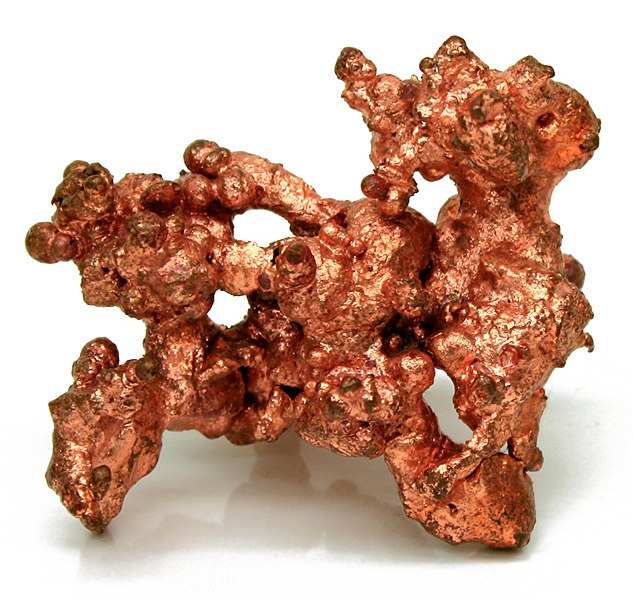Alright, buckle up because this is basically a battle of whisk(e)y nerds. And I say that lovingly, because I am one. Wholeheartedly. It would take a whisk(e)y nerd to even approach this topic, really.
Lately the topic of old whisk(e)y has been bandied about the blogging / freelance sphere and it's caused quite a stir. I first saw it in Joshua Feldman/Coopered Tot's
review of 1960-70s Johnnie Walker Red Label. I found it to be not only a solid review (he does those, unlike my lazy arse) but an interesting peek into what was. Today, Billy Abbott of Billy's Booze Blog (more famously known for his dastardly delicious designations of whiskey on The Whisky Exchange)
wrote about the topic of declining whiskey quality. It was bandied about in discussions on the topic when Oliver Klimek's
response to the topic (from three years ago) showed up as well. It was quite the rabbit-hole to travel down and it had some interesting tidbits of opinion and such; so much to the point that it motivated me to unsheathe the ascerbic, self-defacing fingers from their cozy naps and put them to keyboard.
That means that I wanted to weigh in too.
The opinion camps are as such: Billy (I will now refer to him henceforth as cowfish) believes in consumer fault, Josh believes in producer fault, and Oliver...well..he just thinks everything's changed, I think. What do I think? Well...
I think whisk(e)y has changed. In some aspects, for the worse. Mainly blends but, thanks to people like Compass Box, we're working on that. In other aspects, for the better. It breaks down into three categories of change: economic, social, and manufacture. While all intertwined, I'll try to separate them out. Forgive me if I get the timeline wrong, it's rough in my mind so feel free to correct me. Let's jump in.
Social:
This part starts off with a historical conundrum that I'd have to phone in a few favors to get an answer to. Maybe someone can fill me in, I dunno. All I DO know is that roughly during the mid 1950s until the late 80s...everybody wanted lighter spirits. Across the board. It started with lighter whisk(e)y, not just scotch. Sure, as Josh points out, there were ads for lighter blends to appease a growing palate, like this one:
(Shamelessly stolen from Josh's Pinterest, forgive me. Check it out, its thirst-inspiring)
But there was a major trend toward other spirits as well, especially in the 60s. Vodka, popularized by Moscow Mules, Kangaroos, and Pink Squirrels, blanco tequila in Margaritas, gin in Martinis, Collins, etc. Irish whiskey took a step away from its higher content of pure pot still
in favor of more aged grain whiskey from the Coffey still.We were on a crash course of light flavors. I don't know why. I'm GUESSING it has something to do with their mix-ability in the new wave of cocktails crashing into the states but that's just a shot in the dark. This fairly well continued into the 70s when there was the whisky glut and distilleries started tanking left and right, companies consolidated (both corporate structure as well as stock). The 80s were fairly quiet. And then the 90s came...and people started buying single malts. And whisk(e)y of all kinds (blends included) started taking off again. Which leads us into...
Economics
The most fiscally beneficial word to every distiller is the word "light". It's very easy to take away flavor in a finished product and it often results in MORE finished product to sell at the same price. It's awesome. If you want a lighter tequila...you make it a "mixto" tequila, which means 51% 100% Blue Weber Agave spirit and the rest whatever neutral grain spirit (hereto referred to as NGS) you can get cheaply. Bam. A barrel of costly tequila becomes two barrels of tequila. Woohoo for everybody. This, in the scotch world, means leaning heavily on grain whisky. Grain whisky, on its own, is actually a delicious product. I'm sure in the early days, when light scotch was required, they were using respectably aged grain whiskey. By law, it only has to be 3 years but I'm sure that's not the age they were using. And when the whisky glut happened, they had loads of it and they can't really sell it. Sure, they could trade it for other blending stock but why not hold on to it? But the problem isn't when there's a glut, it's when there's a dearth.
Single malt scotch demand after weathering a glut is the best problem you can have. You have a massive amount of blending stock to make a minimal aged spirit and a ready market. If you've got old stuff, make it 8-10 year. Or 12 year. You have WAREHOUSES full of the stuff that no one wanted for 10 years that had been slumbering away and now people are willing to pay double the amount of money for a bottle of single malt as a bottle of blended. Go for it. The capital can be used to lay down more. They want OLDER expressions? Awesome, we got them too. What do they want next, older stuff?
Wait...they want blended again? Lots of blended?
This is the "oh shit moment" for a company, a "shit bricks" moment for warehouse managers, and an "I hate everything ever" moment for the master blender. You've been dumping stock you didn't think you needed into, say a minimum of 10 year old, single malt whisky which you were more than happy to do because it meant they could fire the stills up again. But when they want single malt and sales of blended are starting to increase dramatically again and they're clambering not for the light scotch of yesteryear but for something with a little more oomph...well...stocks of the good stuff will deplete quickly. They probably had enough stock lying around to fill the immediate need until a new crop of whisky was suitable for blending again...but the new stuff won't be as old. They might have been blending 10, 12, 15 year scotch into blends to begin with when sales were low but when the next batch is ready in the warehouse...it's maybe going to be 9, 10, 11 years. And the next batch might be 8, 9, 10 years. And so on and so forth until they can catch up for the demand for BOTH single malt AND blended. And the grain whisky will suffer the same fate as well only they'll probably cutting the time down on that even further . The legal requirement is 2 years. If they just need blending filler...why go much further? And this flurried pace leads to...
Mechanical
This is part and parcel money saving as much as it is efficiency. When you need to pump out lots of whisk(e)y to meet demand and it has the benefit of saving you money in the long run, awesome. Floor maltings were never really efficient so Saladin boxes were used. It cost a lot of money, was slower, and required more manhours to produce the same batch. And even then, the malted barley produced wasn't as consistent. The barley itself was swapped out from Golden Promise to Optic because you didn't have to send away as many trucks full of barley at the intake testing lab because they had mold or pests or disease. Steam jacketed/bath stills were not only safer (not as much workers comp!) but were more efficient in Btu output. Stainless steel washbacks didn't need as much maintenance and upkeep as pine so let's ditch them too. And we can probably reuse that cask one more time for the grain whisky.
But that all lead to changes and that's just a small sample. Floor malted barley has different stresses than Saladin box barley, causing different chemical/biological reactions within the germinating barley that can result in different flavors. Often times (as is the case with Optic) flavor is sacrificed for plant survivability during genetic tinkering (I'm also looking at you, tomatoes). Direct fire would cause hot spots on the still, effectively caramelizing the wash and inciting Maillard reactions of the sugars that would cause different flavors in the still. Hell, in a direct fire still it could have had hot-spots hot enough to catalyze reactions of long-chain fatty acids into esters that wouldn't happen when the whole still is just at boiling point. And reusing barrels that are on their third go-around...well...don't get me started on that.
Basically, what I'm trying to say here is that there were several facets that resulted in changes in the whisk(e)y industry (I'm sure by this point you're well aware I'm focusing on scotch but it does hold true in some respects for American whiskey). I think that these changes are a chain reaction of social and economical reasons that I can't fault anyone for. I can't honestly say its the consumer, even today, because they've never had the old whisky that Josh had. The new, higher grain, younger single malt blends are what they were introduced to, THAT'S what they know scotch is. Some blends fared worse than others during the glut and they've been holding on by continuing to adjust their grain to malt ratios to keep competitive. I DO think that if the consumer base, on a whole, knew what blended USED to taste like, they'd begin demanding it. And I think that time is coming. With the boom of premium and ultra-premium spirits, consumers that have even a cursory knowledge of whisky, if introduced to quality blended whiskies (I'm looking at you, Compass Box) will begin asking for it. And we just might be in a position to offer it.
All that being said, I think today's Johnnie Walker Black is delicious.















